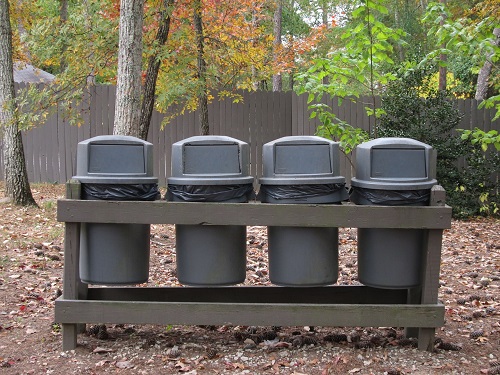If your building, home, or facility generates waste, you’ll want a place to store it for disposal or collection. You’ll want them made of durable materials, with enough thickness that possible damage from within won’t break the skip bins Perth.
There are many reasons to use skip bins. Their primary function is merely to store waste, but this makes them flexible because they can fulfil some roles in different programs. Let’s look below for ideas.
One use for bins is green waste.
Green waste is the term for refuse that is ecological. These might come from gardening or landscaping products, for instance. Grass clippings and prunings tend to be the bulk of green waste. This use is relatively limited, though. Everything else is not allowed, including turf and soil.
Building and construction waste is also another purpose.
For this kind of waste, you’ll want the option to have bins with higher capacity and loading equipment. Bricks, concrete, rocks, ceramic tiles, and the like are all viable materials. They can also be very heavy or need to be broken into sharp pieces. They’re dangerous if they get out.
Construction waste bins can come in various sizes. Some of them are small, ideal for renovations and remodelling projects in the typical home. Others are larger, meant for construction sites and demolition. The largest is for commercial buildings or large-scale construction.
Of course, the most likely thing you’ll find would be general waste.
This is a catch-all for everything. Furniture, rubbish, food clippings from the kitchen, material that can’t be recycled, and so on. This is typical for most households and small offices. They tend to be unsorted waste, though specific materials aren’t allowed.
Skip bins Perth are also useful for commercial waste recycling.
The process behind this is simple. You need multiple bins, all roughly the same size and in different colours. Each one should be used to contain a different type of waste material. Unlike residential programs, these tend to be more extensive.
An average business or commercial space generates more types of waste. It isn’t enough to just sort recyclable vs non-recyclable. It must be categorized into things like plastics, papers, metals, food waste, and the like. These clear labels make it easier to recycle things properly and reduce sorting.
In all these cases, the bins are largely the same. The only differences are size and the materials that you are allowed to put into them.


Recent Comments